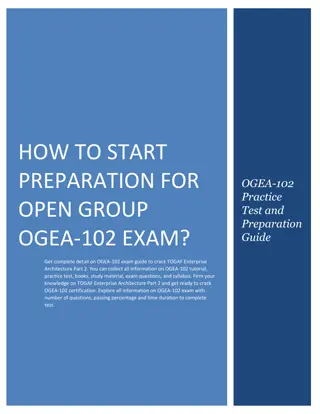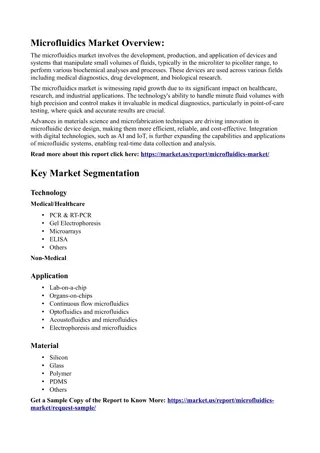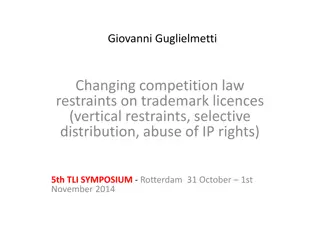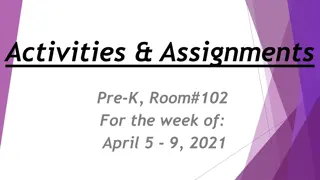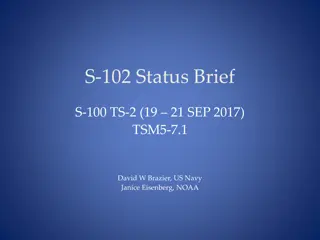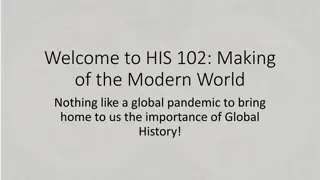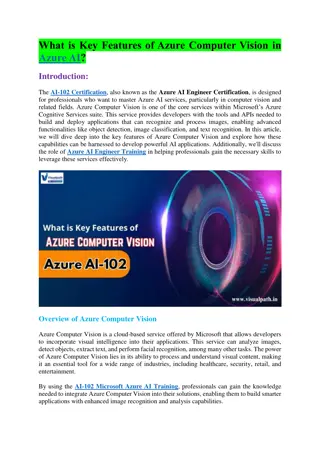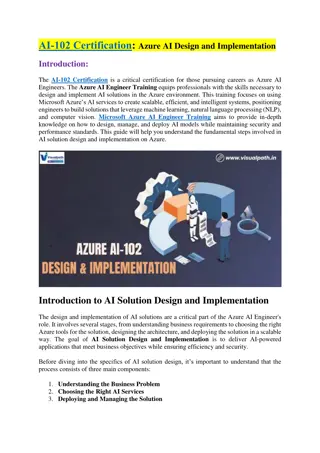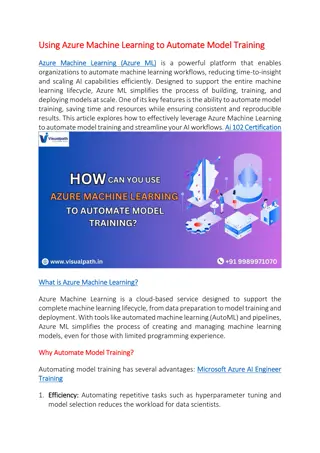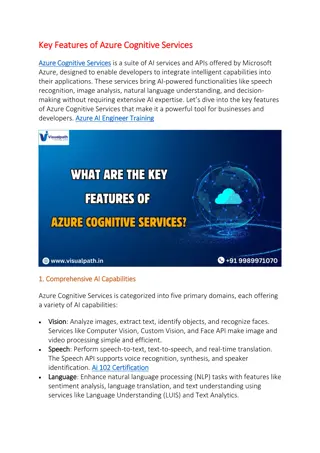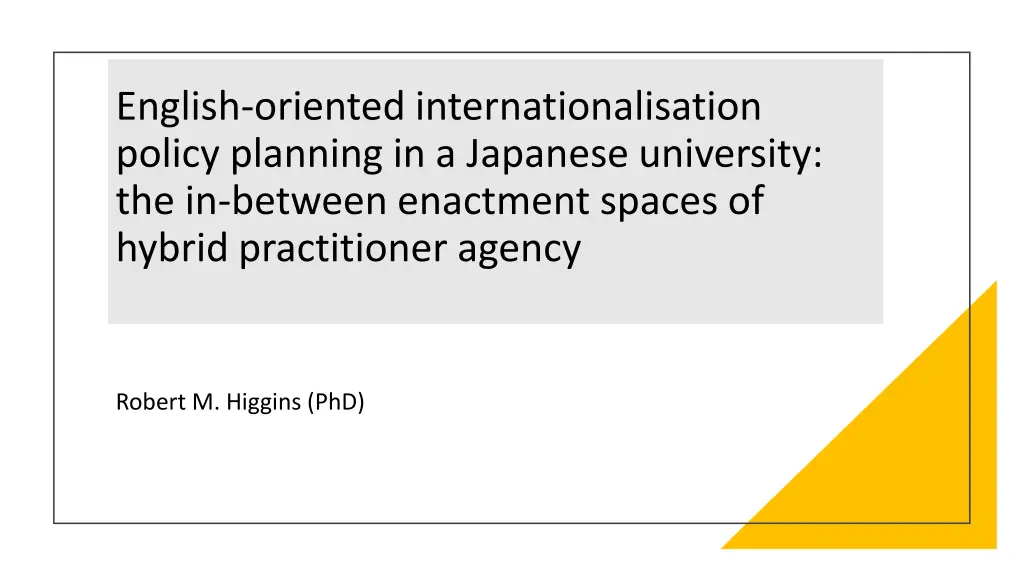
Hybrid Practitioner Agency in Japanese University Context
Explore the dynamic landscape of English-oriented internationalisation policy planning in a Japanese university, unveiling the nuances of hybrid practitioner agency within the realms of policy enactment. Dive into the multidimensional case study, hybrid spaces, and practices shaping policy planning, reflecting on public discourses and performative actions. Witness the interplay of global initiatives like the Global 30 Project and the challenges of educational change in Japan as highlighted by the OECD. Discover the diverse roles of individuals influencing policy development and implementation, shedding light on the evolving educational landscape.
Download Presentation

Please find below an Image/Link to download the presentation.
The content on the website is provided AS IS for your information and personal use only. It may not be sold, licensed, or shared on other websites without obtaining consent from the author. If you encounter any issues during the download, it is possible that the publisher has removed the file from their server.
You are allowed to download the files provided on this website for personal or commercial use, subject to the condition that they are used lawfully. All files are the property of their respective owners.
The content on the website is provided AS IS for your information and personal use only. It may not be sold, licensed, or shared on other websites without obtaining consent from the author.
E N D
Presentation Transcript
English-oriented internationalisation policy planning in a Japanese university: the in-between enactment spaces of hybrid practitioner agency Robert M. Higgins (PhD)
Dimensions of Policy Planning Four Research Stages Multidimensional Case Study Hybrid Practitioner Agency Hybrid Spaces and Practices
Public Discourses Dimensions of Policy Planning Performative Action Public Texts
Public Discourse The OECD in a review of tertiary education in Japan described educational change in the following way: The result of all of this is that the rhetoric of change has been accompanied by the reality of conservatism. This is creating a worrying policy vacuum, with an attention to means rather than ends. This is engendering political pressures in some quarters for the privatisation of national universities, as evidence begins to accumulate of a lack of change in certain crucial areas- curriculum development, learning outcomes, pedagogical innovation, internationalisation, research quality and the effectiveness of knowledge transfer. (Newby et al., 2009, p.5)
Public Text: Global 30 Project for Establishing Core Universities for Internationalization The Project for Promotion of Global Human Resource Development is a funding project that aims to overcome the Japanese younger generation's inward tendency and to foster human resources who can positively meet the challenges and succeed in the global field, as the basis for improving Japan s global competitiveness and enhancing the ties between nations. Efforts to promote the internationalization of university education in Japan will be given strong, priority support. (MEXT, 2012)
Performative Action People with power: This would be most prominently associated with individuals involved in the regulatory development of policy. This is how I would describe the role of governments and certain institutional structures. People with expertise: These individuals can influence the regulatory process through their expert knowledge. People with influence: These individuals could influence policy planning because of their reputation or standing. I would describe tenured faculty at research location, or more widely, are an example of this. People with interest: These individuals work at the local grassroots level of policy planning. I would describe teachers and students as belonging to this group. (Zhao and Baldauf, 2012 cited in Liddicoat and Taylor-Leech, 2020)
Comparative Case Study: Multidimensional Vertical: MEXT Policy Guidance Horizontal: Institutional Agency Transversal: OECD
Evolving political contest around institutional educational change between two basic management styles: 1) Ky jukai-shihai which means control by professors council. 2) Gakuch -shihai- which means control by the president of a Japanese higher education institution. Hatakenaka (2004) identifies a primary cause for this institutional siloisation as a lack of hybrids: professionals who substantively demonstrate and practice a genuine understanding of policy, administration, teaching, and research agendas. Hybrid Practitioner Agency
Narrators: Actors who interpret policy by selectively focusing on aspects of a policy and making decision about its implementation, creating local versions of policy through the selection and enforcement of meanings in their context of work. Entrepreneurs: Actors who advocate for the adoption of policy and have a personal investment in the policy and its enactment in local contexts. Critics: Actors who resist aspects of the policy or interpretations of it and develop and maintain counter discourses to it. (Ball et al., 2012, p.49) Hybrid Practices
H-We receive funds and aid etc., of course our tax money. We all have to live up to MEXT s expectations. We would like to think good English international outlook are objectives of internationalisation. Lacking any pedagogical understanding of the implications of the policy at the national level and how these implications connect to pedagogical approaches. A lack of hybridisation of how to enact policy. Policy places Japan at the peril of globalisation. skills and Narrators
AL- A problem is the separation of international students and Japanese students as English-speakers or non-English speakers. No international contact. Internationalisation works best when people of different backgrounds promote diversity in institutions and inclusiveness. It seems that it might be accurate to describe AL as a critic but AL is not resisting pluralist approaches to language study and integration with internationalisation processes. Perhaps it would be better to describe AL as a entrepreneur , in that he has a willingness to advocate, particularly in the classroom, enactment of policy making. Entrepreneurs
M-Internationalisation is basically more English global competitiveness. JET threw a bunch of foreigners into rural areas, where there was no exposure. This time MEXT are focusing on higher education. The ideas seem specific but if you talk to teachers always unsure what the policy means in practice English only? It would be accurate to describe M as a critic of the policy planning. A person with interest in it at the institutional level and the wider societal level. Critics
The lack of a clear professional identity for international education scholars can be used to some kind of advantage as the spaces in- between provide connections between academic and administrative silos. Beaudin and Berends (2017) Interpretation is the political and substantive reading of policy a decoding which is both retrospective and prospective. This decoding is done in relation to the culture and history of the institution and the policy biographies of key actors . Ball et al. (2012) Implications
The importance of situated practice policy planning research. Exploring the social practices of various educational actors through a multidimesionsal case study approach. This research lens focuses on the spaces that People with Interest occupy in educational policy planning. Mobility seemed to be a major challenge to practitioner agency in that the arteries of the institution, to use a medical analogy, are blocked, but that the local institutional spaces (heart) and the institutional goals and objectives (brain) are operational. Conclusion



